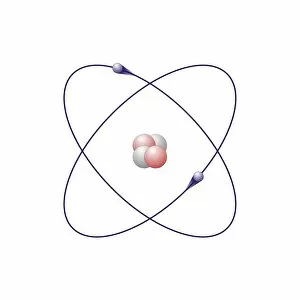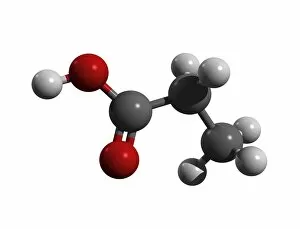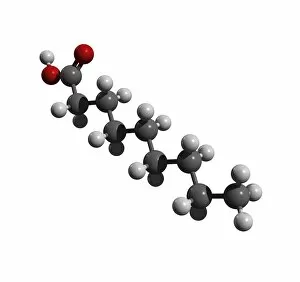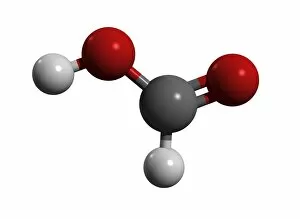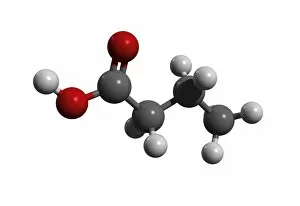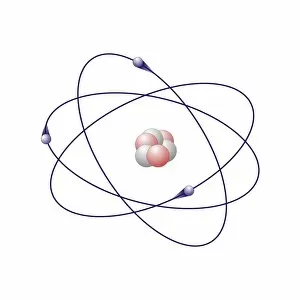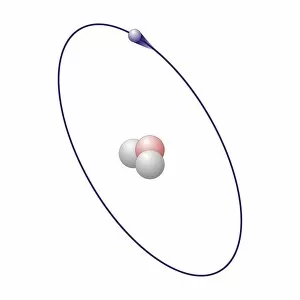Struktur Collection
"Unveiling the Intricate Struktur: A Journey through Time and Molecules" Embark on a captivating journey through time as we delve into the fascinating world of "struktur
All Professionally Made to Order for Quick Shipping
"Unveiling the Intricate Struktur: A Journey through Time and Molecules" Embark on a captivating journey through time as we delve into the fascinating world of "struktur. " Just like a Time Tunnel, this exploration will transport us to various eras and unveil the atomic models that shape our understanding of matter. Let's start with Beryllium, an element known for its remarkable strength. Its atomic model reveals a compact arrangement of protons, neutrons, and electrons – a testament to its resilience in various applications. Next up is Helium, famously associated with balloons but possessing much more significance. Its atomic model showcases stability due to its filled electron shell – no wonder it remains unreactive under normal conditions. Moving forward, we encounter Boron's atomic model. With unique characteristics like high melting point and exceptional hardness, Boron demonstrates intricate bonding patterns that contribute to its diverse applications in industries ranging from electronics to medicine. Our journey takes an unexpected turn as we find ourselves amidst the mesmerizing landscapes of the Great Sand Sea in Egyptian Sahara C014/1651. Here, nature's grandeur intertwines with scientific wonders as we explore molecules crucial for everyday life. Propanoic acid molecule emerges first; it plays a vital role in food preservation and fragrance production. Acetic acid molecule follows suit - responsible for giving vinegar its distinct tangy flavor while also serving industrial purposes. Pelargonic acid molecule steps into view next - found abundantly in plants such as geraniums; it possesses potent antimicrobial properties making it valuable in pharmaceuticals and cosmetics alike. Formic acid molecule joins our molecular entourage - secreted by ants for defense mechanisms but also utilized industrially as an eco-friendly solvent or preservative agent. Capric acid molecule captivates us next with its presence both in coconut oil and human breast milk – showcasing versatility across different realms from skincare products to infant nutrition formulas. Lastly, the Caprylic acid molecule completes our molecular expedition.




